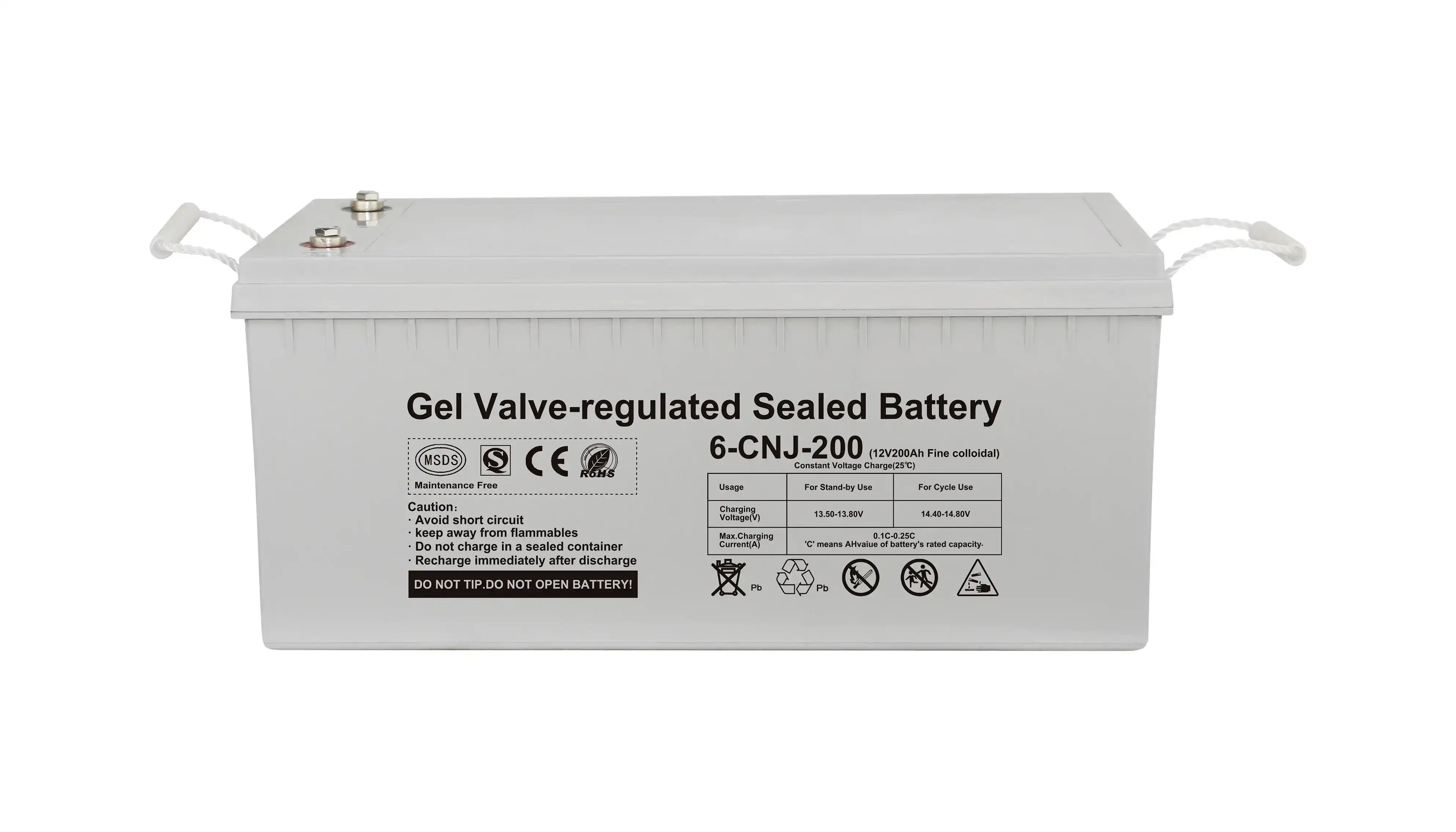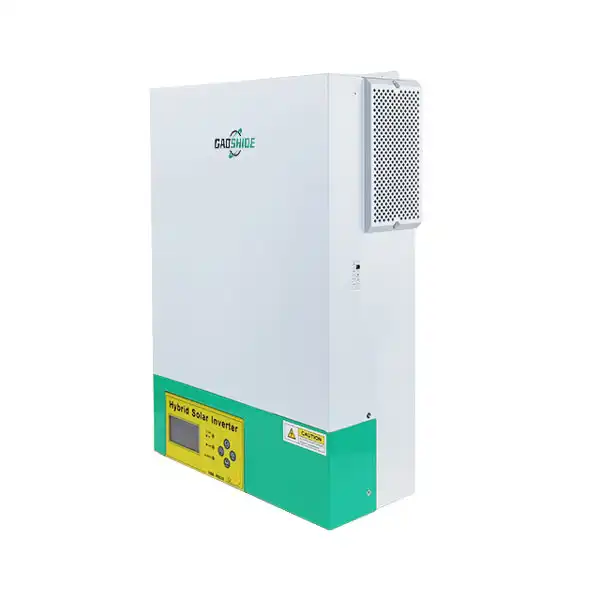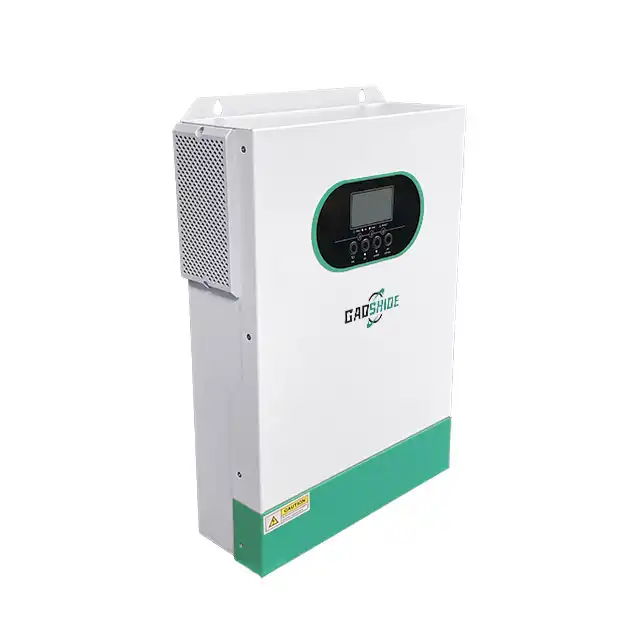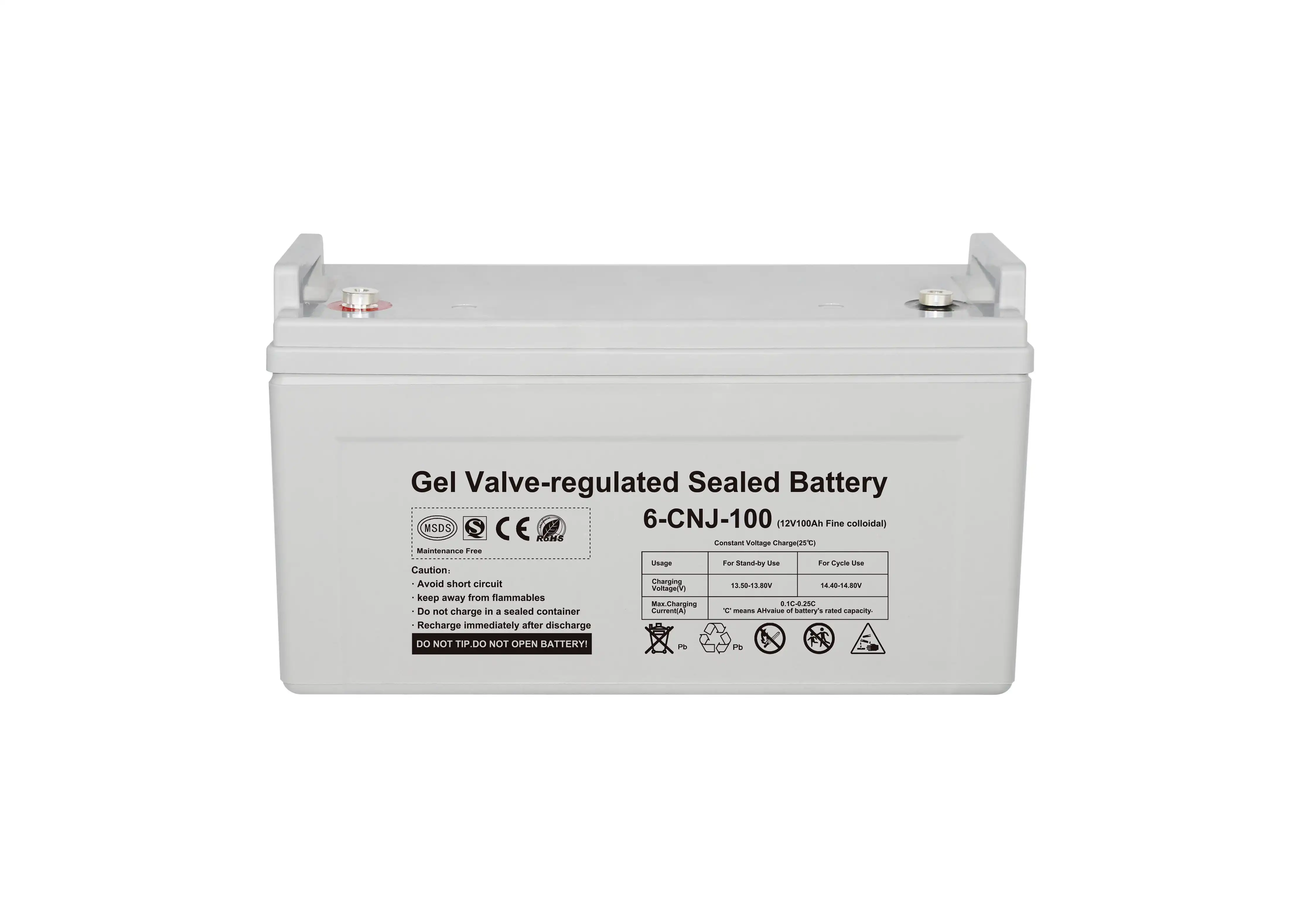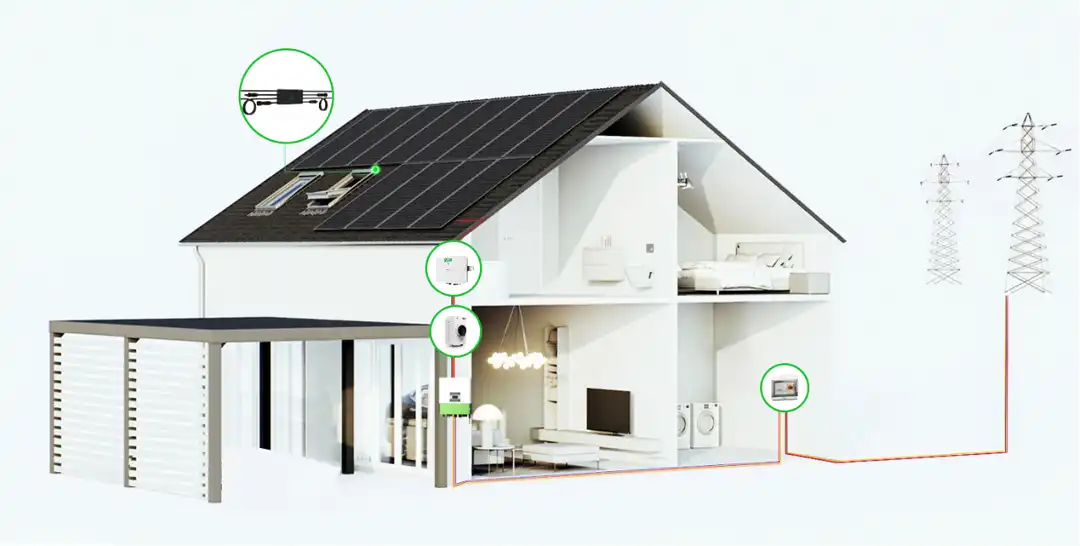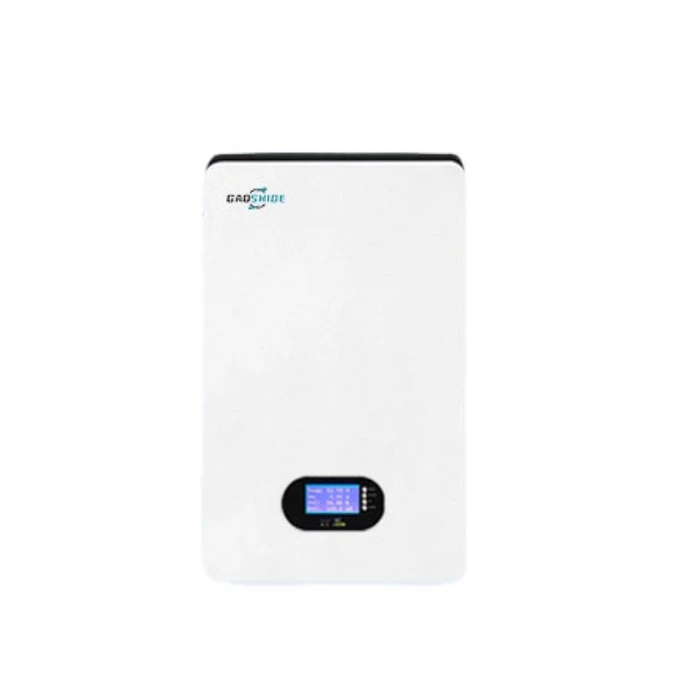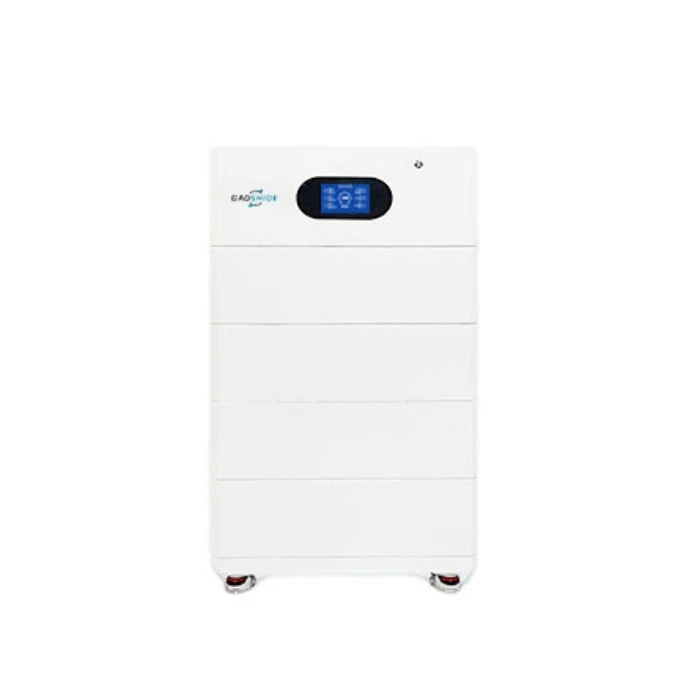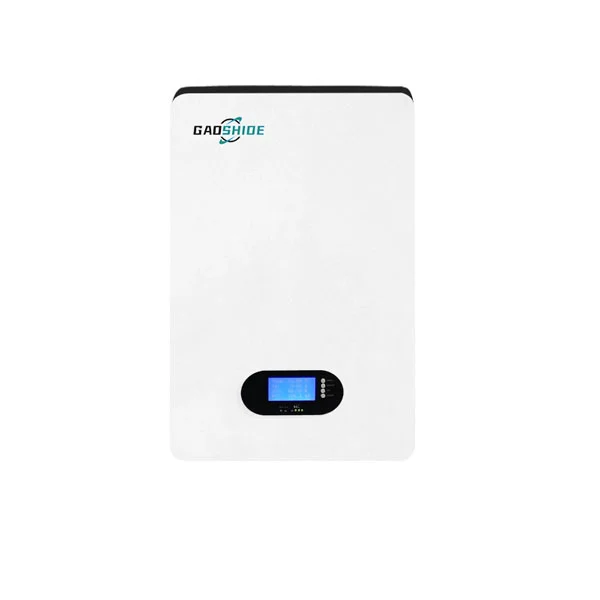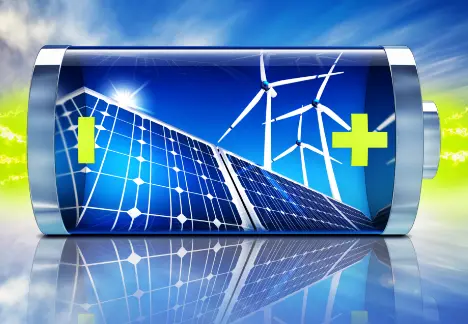1, The battery
The battery cell is the main energy storage device, which can be flexibly prepared for various capacities through different series and parallel methods, and is suitable for various scenarios. At present, most of them are lithium iron phosphate batteries, ternary lithium batteries, sodium ion batteries, and full-button flow batteries.
2. Battery Management System (BMS)
BMS is the main control equipment, which is responsible for collecting the real-time status of the battery cell for transmission, and accepts the control of other control systems. At present, there are mainly three control modes: slave control, master control and total control.
3, Energy storage converter (PCS)
PCS is the main energy conversion device, responsible for the conversion of direct current and alternating current, with certain control functions, according to the actual needs of a variety of power segments can be flexibly selected configuration, covering household, commercial and power station PCS.
4. Energy Management System (EMS)
EMS monitors, controls, and optimizes the performance of power generation or transmission systems, and it can be used in small-scale systems such as microgrids. Energy management system can help industrial production enterprises in the expansion of production at the same time, reasonable planning and use of energy, reduce energy consumption per unit product, improve economic efficiency.
5. Others
Other auxiliary equipment includes temperature and humidity control system, monitoring system, access control system, lighting system, protection system, transformer, etc. Some systems can be selected according to different projects.
